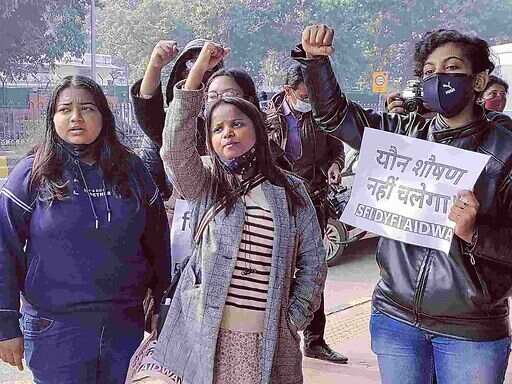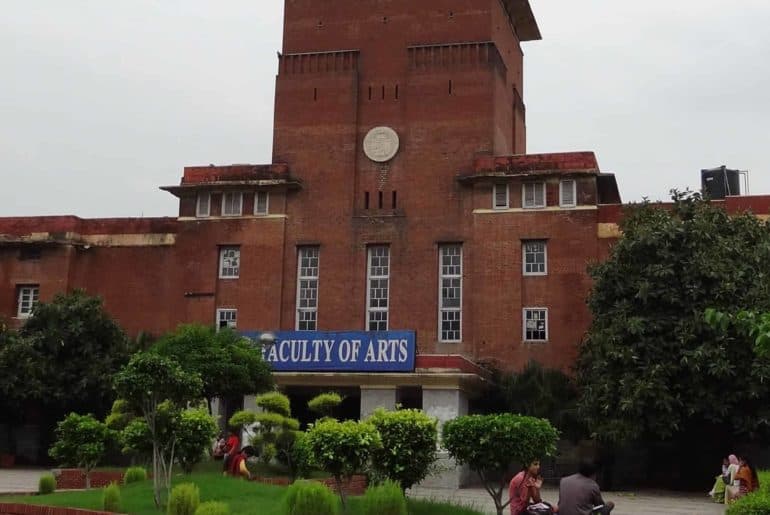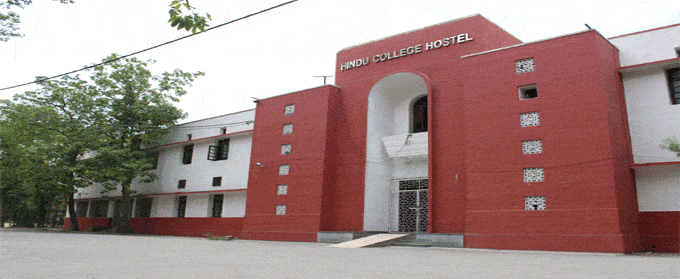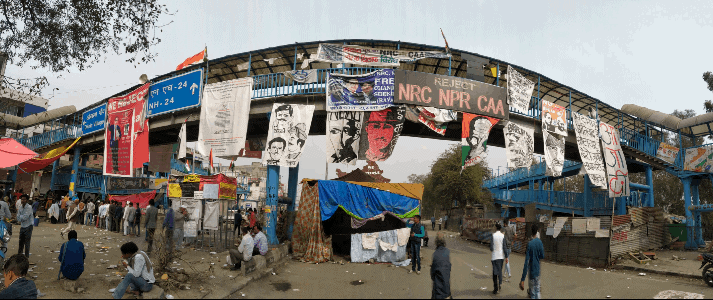DU students organised a protest at Arts Faculty, North Campus to attract Delhi University authorities’ attention towards their demand for online examinations for all semesters of DU.
Following an earlier protest which was organised on 7th March 2022, students of Delhi University held another protest on 11th March 2022, demanding online examinations (or OBE) for all students, including those belonging to semesters other than the first semester. This protest was held at Arts Faculty, North Campus, Delhi University and students showed up in massive numbers to support this demand for OBE for the ongoing semesters.
These offline protests were accompanied by online protests which involved sharing of posters on stories and using the hashtag ‘#Hybridmodeshouldbeachoice’ and ‘#OnlineExamForAllSemestersOfDU’. This also led to the signing and filling of an online petition form which was then to be submitted to the Vice-Chancellor of Delhi University on 11th March itself.
After the massive re-opening protests in the beginning of February, these protests highlighting the problems of re-opening and offline classes have brought forward the irony and duality of being a Delhi University student.
The student protesters believe that OBE mode of examination is the only form in which examination should be taken in such a scenario wherein almost 70-80% of the syllabus has been covered during online classes.
For 2 years we have been giving online exams and online assignments and now suddenly the colleges have opened and (offline) internals have started… It will take time to adapt ourselves to the university environment; and we haven’t gotten that much time. Majority of our syllabus has been completed online. Only the latter 30% is being taught in offline (mode) and then you are expecting that we give offline exams so obviously that is a problem for us,” says Anubhav, a 3rd year UG student from Ramjas.
Many students have also raised concern over the fact that while all the colleges have opened, hostels have not. This means that in addition to all the other problems and issues that the students are facing, they also have to find a place to stay at a very short notice. This comes with an extreme rise in PG prices and rents, something that cannot be ignored when talking about students coming from different economic backgrounds.
I saw yesterday that the mother of a student was crying that please get my daughter a hostel, a room. They haven’t thought about where the students are going to stay. All they have said is that come and give offline exams,” continues Anubhav.
Many of the post-graduate students have also highlighted the problem of having to leave the jobs that they had taken up or the examinations they were preparing for.
We have already started pursuing our different (professional) lines and we have started the studies for the same. Now you are expecting that we switch over, so obviously it isn’t that easy. It isn’t easy to do so in a Master’s (degree),” said a student from Hansraj College.
Following these protests from Friday, a group of student protestors was called in front of the examination decision-making authority, that is, the Dean of Examinations, to discuss the issue and address the students’ demands. This was done without the presence of the Vice-Chancellor due to his absence during that time.
First of all, they said that majority of the students want to give offline exams. On that, we showed them the 7000 forms (petition forms) that had been filled after which they said that they would mediate upon this and get back to us,” said Divyanshu Singh Yadav, who has been very vocal and visible at the protests and has been constantly urging students to support the cause through the medium of videos on an Instagram page dedicated to this cause, ‘du_online_mode_2022’.
At present, no clear decision has been taken in response to these students’ protests yet.
Read also ‘CYSS Vivekananda College Demands ‘No Classes’ on Saturdays’
Feature Image Credits: YouTube (@Gaurav Doraha)
Manasvi Kadian




